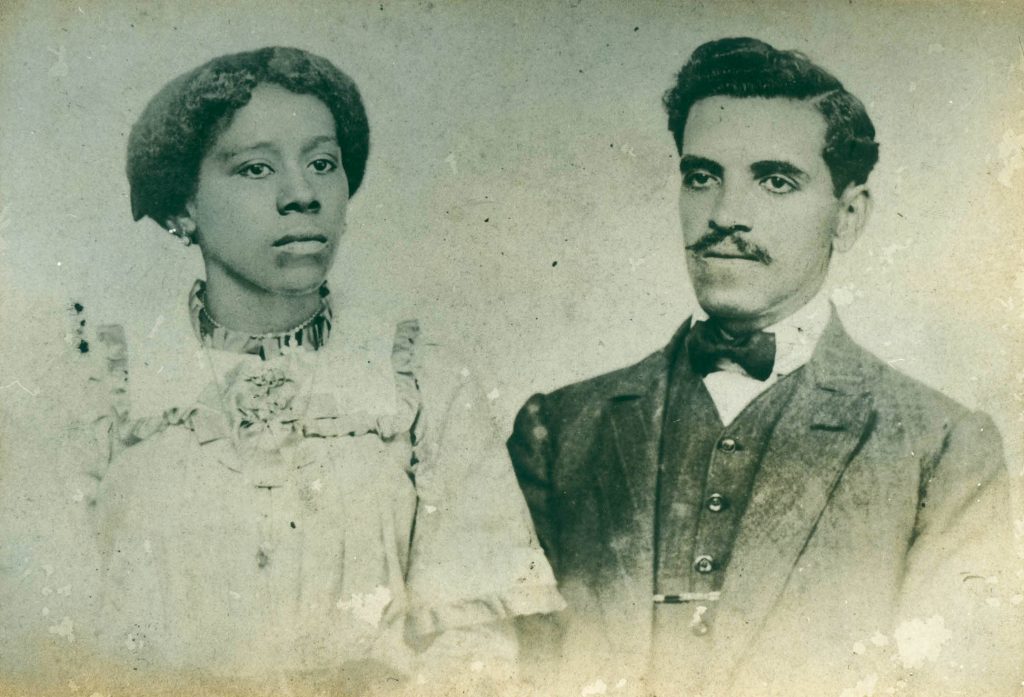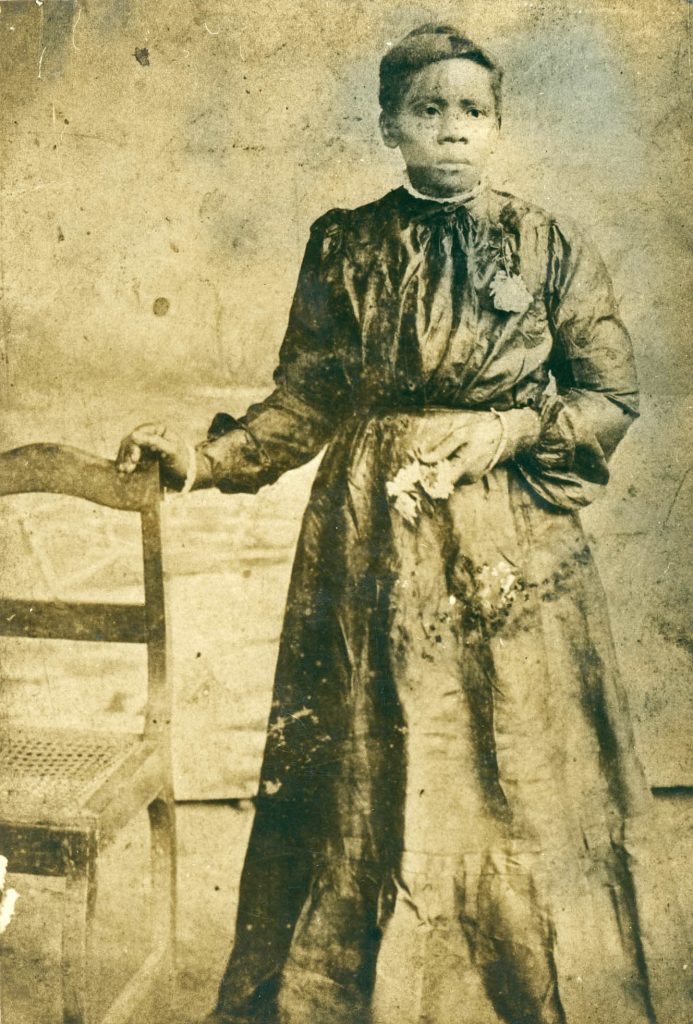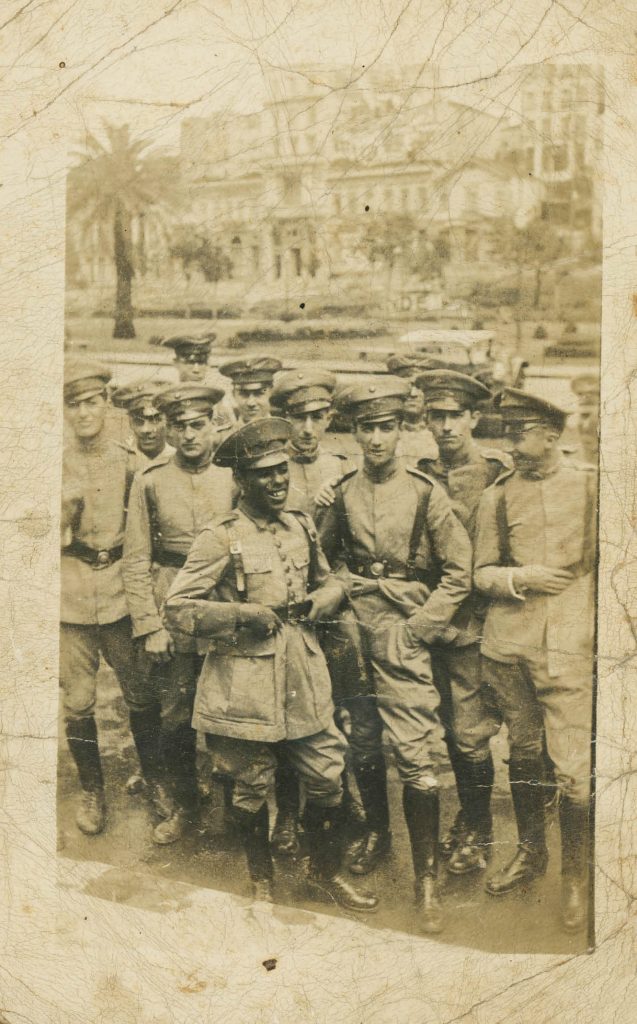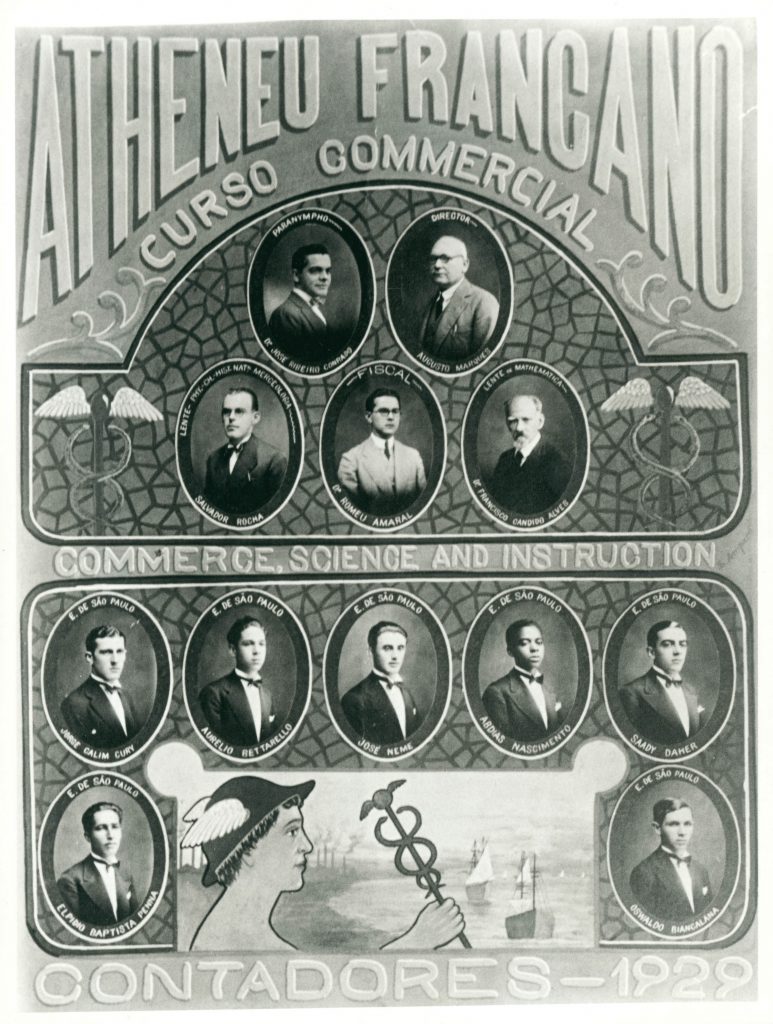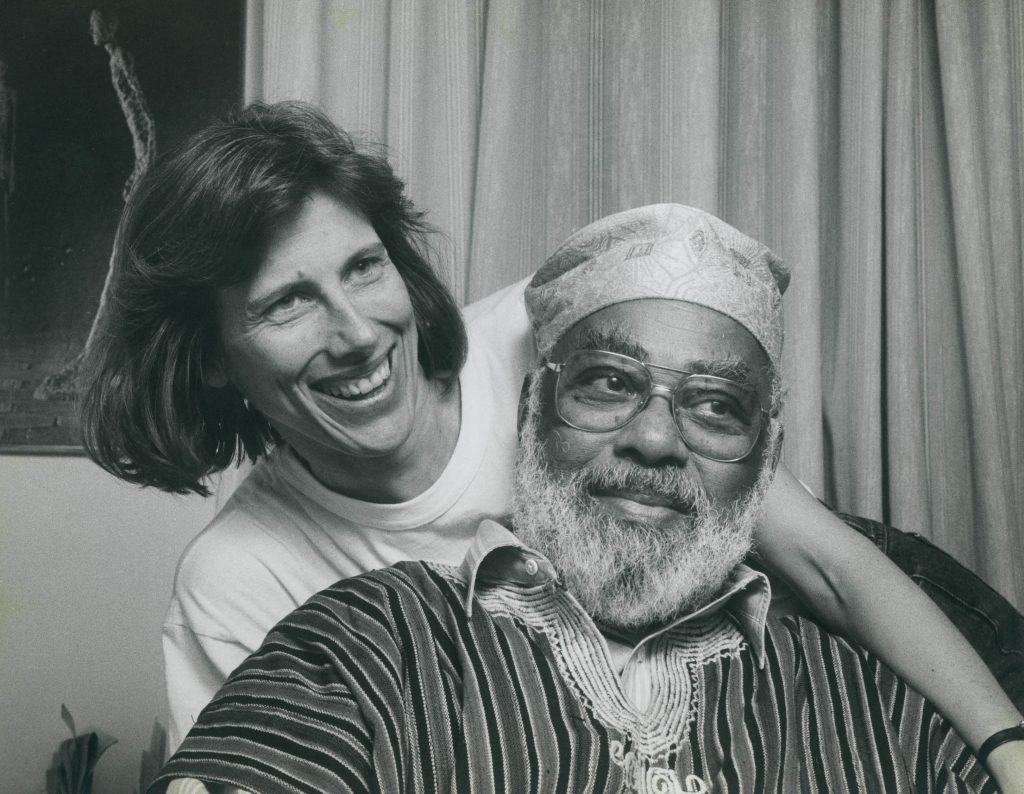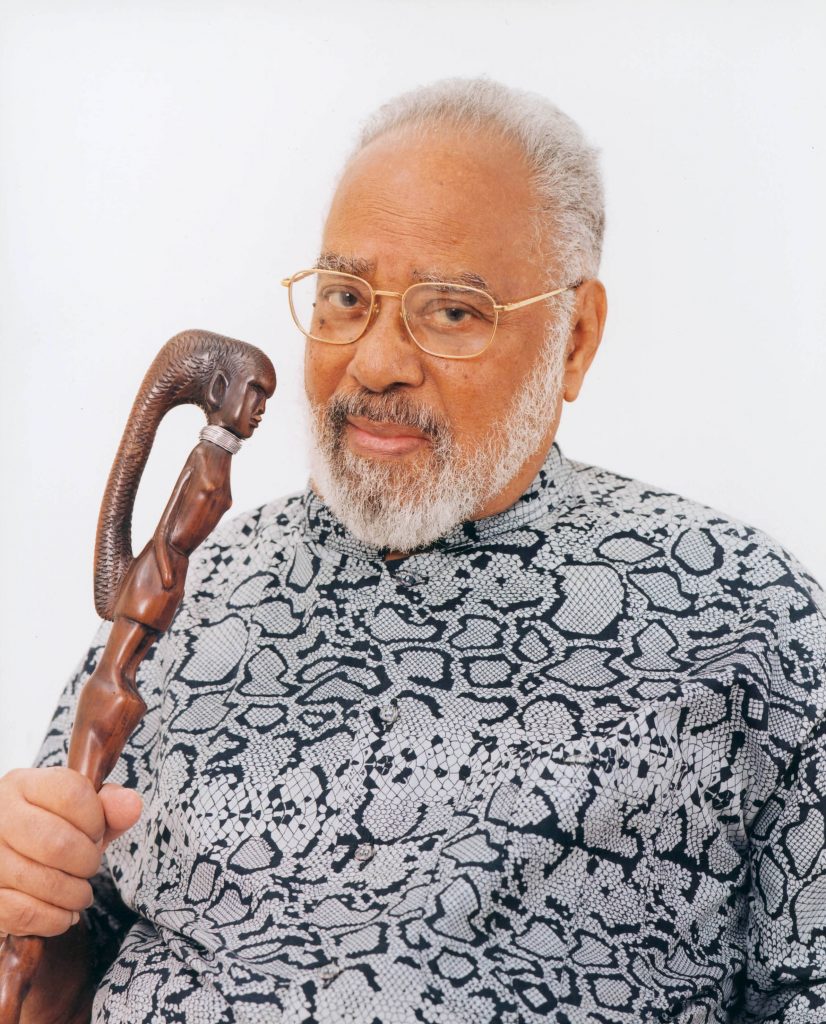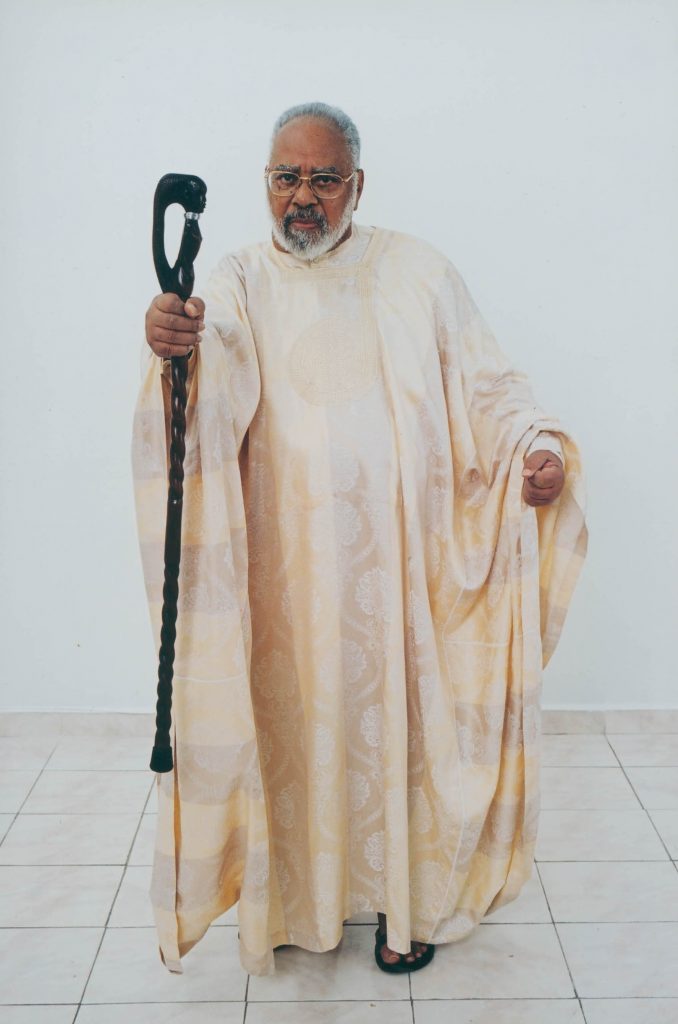Childhood
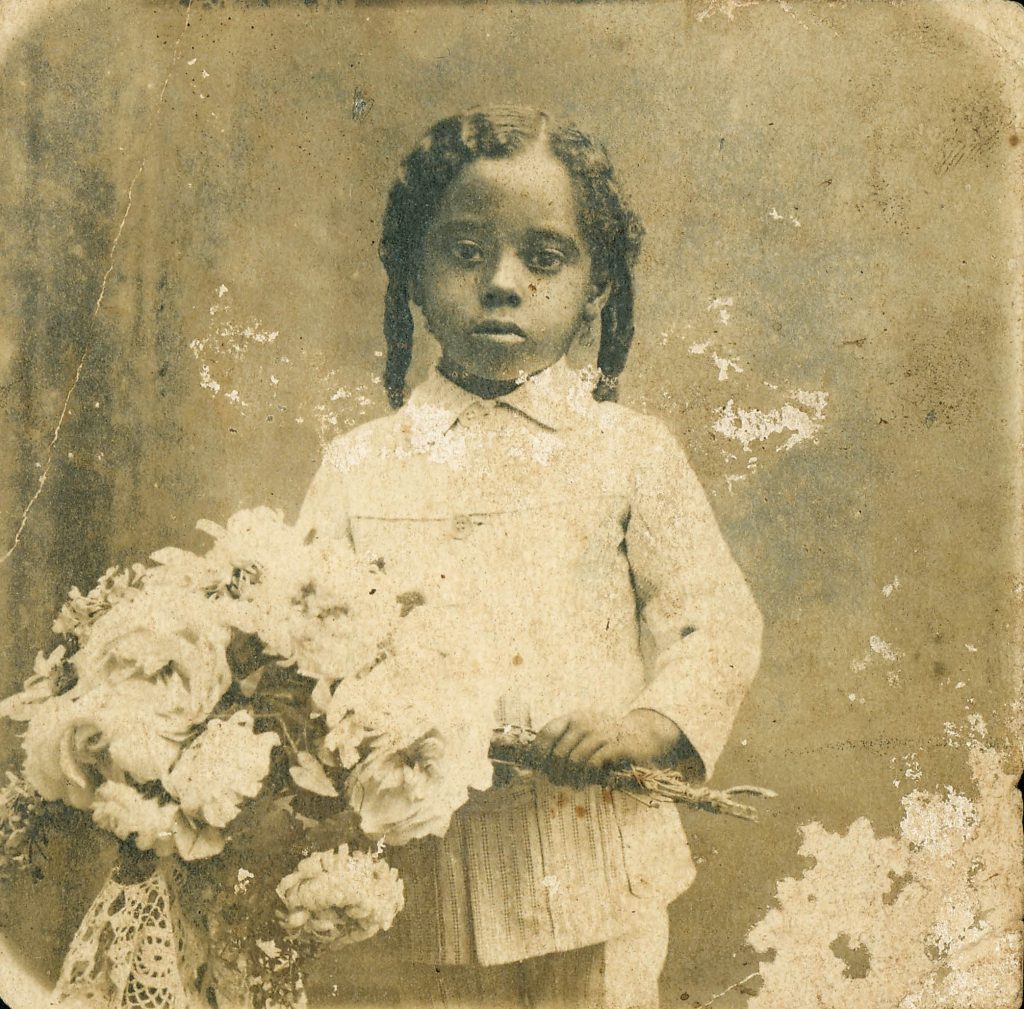
For some peoples of Africa, griots are storytellers, those who narrate the events of a people and, thus, hand the traditions down to future generations. The autobiographical book Abdias Nascimento: O Griot e as Muralhas [Abdias Nascimento: The Griot and the Walls], written by Abdias and Éle Semog, claims this very status to be credited to a man who made a history of fight of his life that is told and retold to his contemporaries and also to those that came after him. The fight against racism in 20th-century Brazil.
Abdias Nascimento is, therefore, one of the greatest griots that Brazil has ever had in the realm of racial issues. His legacy is alive and respected by those who have succeeded him in the fight.
Spanning from his role as a griot up to the debated subject, Abdias appears in the Ocupação series as a voice that still echoes. His fight is still latent. We invite you to explore his history spread over several areas and covering 97 years of a lifetime. Welcome!
Seção de vídeo
"I have not come to bring the lull of the dead souls, of petrified intelligences, of those who do not want to make the water flower wave. [...] I was really willing to take on the role of the 'fall guy.' Everyone runs away from this role, but I do not mind. If I am sacrificed on behalf of my people, I am rewarded for everything. My whole life is this, which indicates my whole biography."
extracted from the book "Abdias Nascimento: Retratos do Brasil Negro" [Abdias Nascimento: Portraits of Black Brazil], by Sandra Almada
Abdias Nascimento
Franca (SP), 1914 – Rio de Janeiro (RJ), 2011
Ninety-seven years of an intense life. This is how Abdias Nascimento’s biography could be summarized in one sentence. An activist, regarded by many people as the most important figure in the fight against racism in Brazil in the 20th century, a fine artist, professor, poet, actor, theatre director, and politician. Abdias used to be many things. He was many things. He is many things. Abdias remains, as important as his legacy is, in the power of his word.
Follow (here and throughout the other sections) the timeline covering the milestones in the life, oeuvre, and struggle of Abdias Nascimento.
1914 – Born in Franca, state of Sao Paulo, on March 14, son to shoemaker José Ferreira do Nascimento and confectioner Georgina. His parents are devout Catholic, but his mother also sympathizes with Kardecism. Altogether, the couple eventually had six boys and a girl.
Childhood (undated) – Lives in the neighborhood of Cidade Nova and belongs to the black community of Engenho do Mato, near the northern border of the city of Franca.
(c.) 1922/1927 – Contributes to the household expenses by delivering milk and meat in the houses of middle-class families and cleaning medical offices. He also works as head of the warehouse with the Departamento de Companhia Elétrica [Electric Company] of Franca. After completing elementary and middle schools, he is admitted to the accounting night school at Ateneu Francano.
1929 – Visits Sao Paulo for the first time as a sprinter representing the city of Franca. Sees the parade in favor of Júlio Prestes, who was running for President of the Republic as opposed to the candidacy of Getúlio Vargas. Elected the following year, Júlio Prestes would suspend the prohibition of admission of black people into the Civil Guard and of black children into the “eugenic babies” contests promoted by the Serviço Sanitário de São Paulo [Sao Paulo Health Service].
1929/1930 – Abdias moves to Sao Paulo and volunteers to join the Army. Admitted to the 2nd Heavy Artillery Group, headquartered in Quitaúna (Osasco), he takes part in the revolution triggered by the election of Júlio Prestes (1930) and the deposition of Washington Luís in favor of Getúlio Vargas, who was namedPresident in November 1930. In this political landscape, Abdias does not take part in the fighting that took place during the 1930 Revolution. In the same year, he loses his mother and returns to Franca for the funeral.
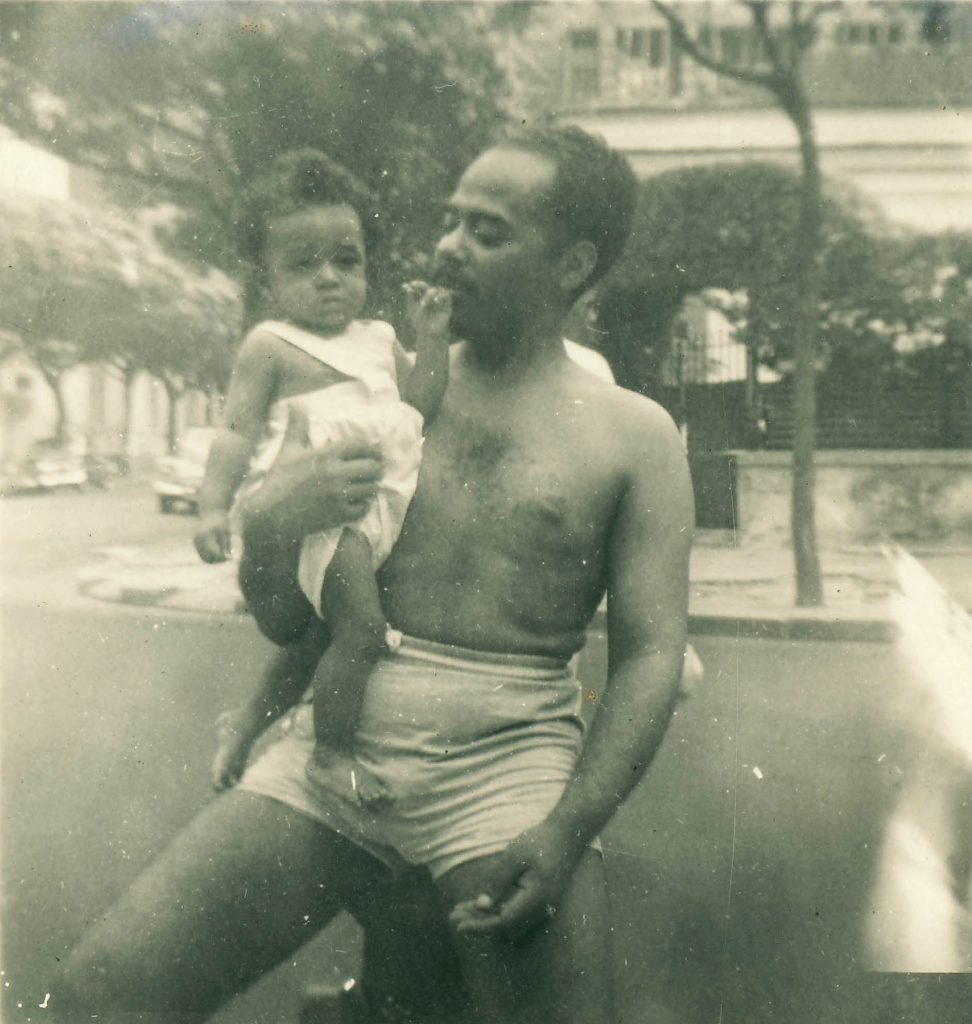
1952: Abdias Nascimento and his son Henrique Cristóvão Garcia do Nascimento
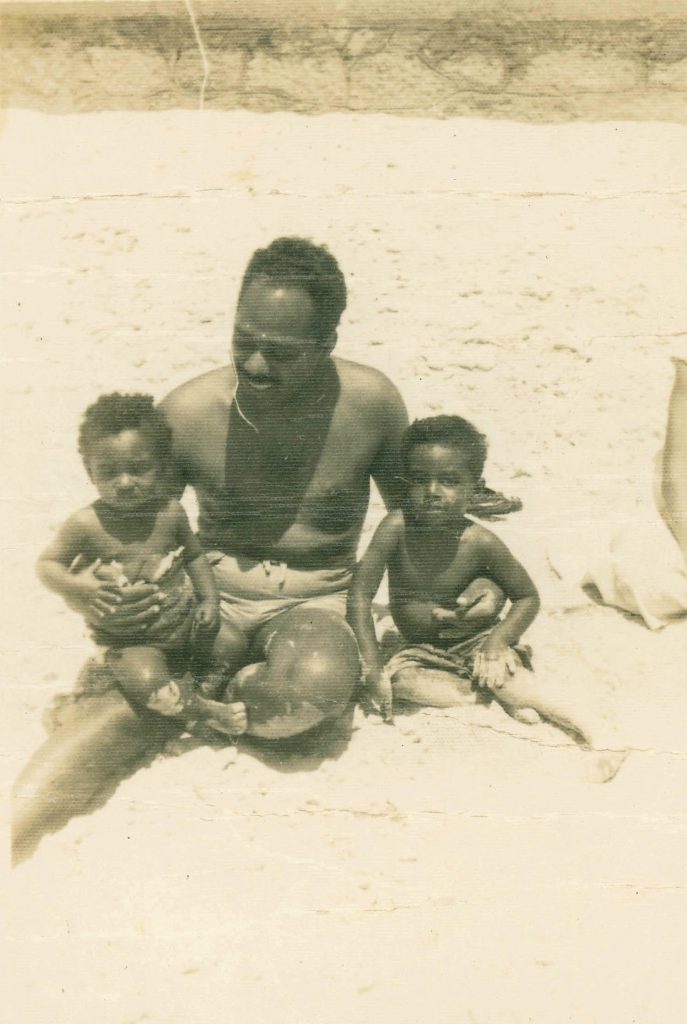
1954: Abdias Nascimento and his children Abdias do Nascimento Filho, a.k.a. Bida, and Henrique
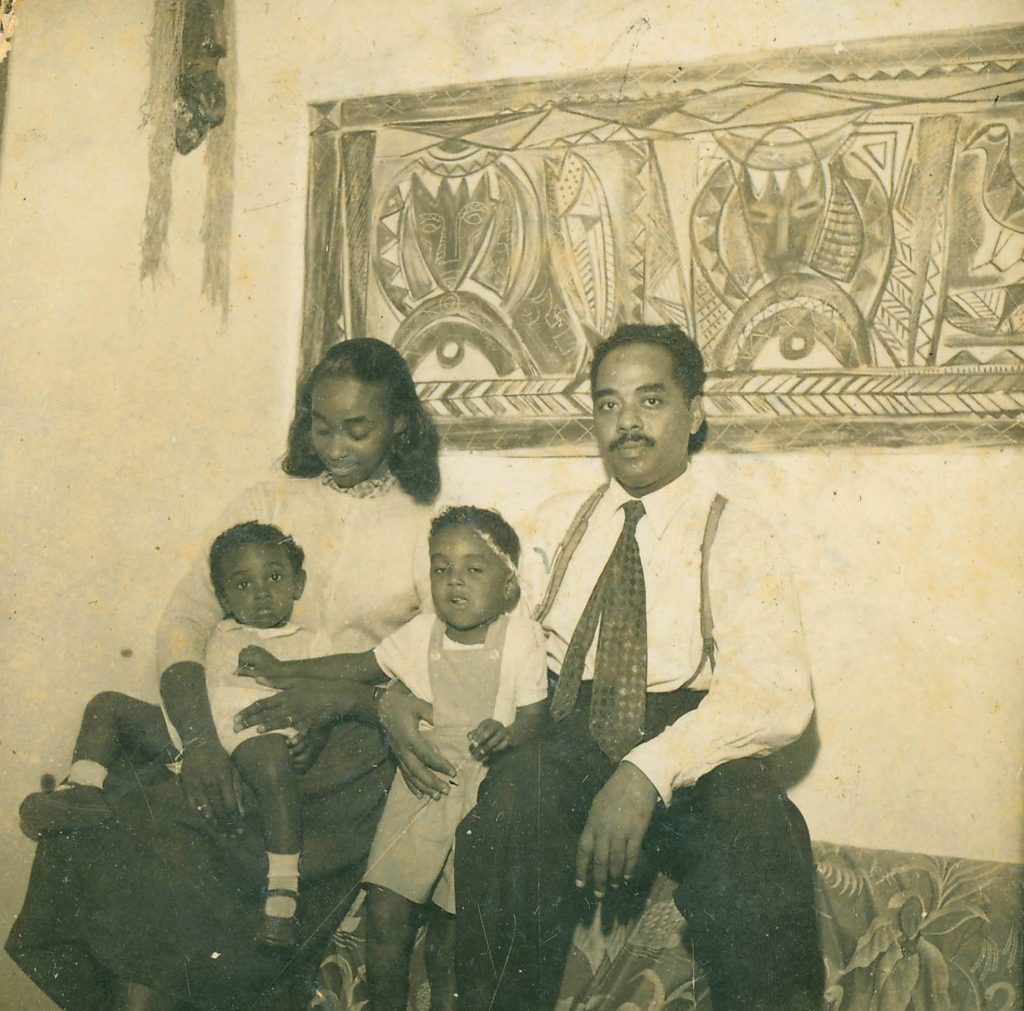
Léa Garcia, Abdias Nascimento and his sons, Bida and Henrique | Ipeafro's Collection
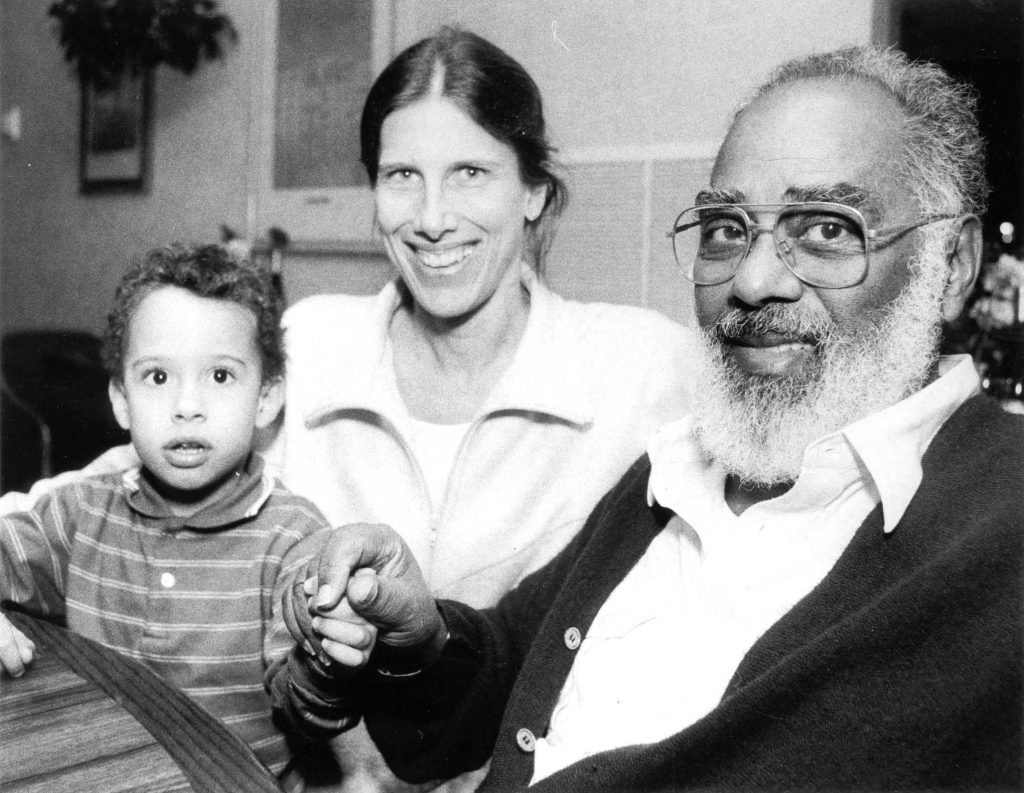
1988: Elisa Larkin Nascimento and Abdias Nascimento pose with their son Osiris | Chester Higgins Jr./Ipeafro's Collection
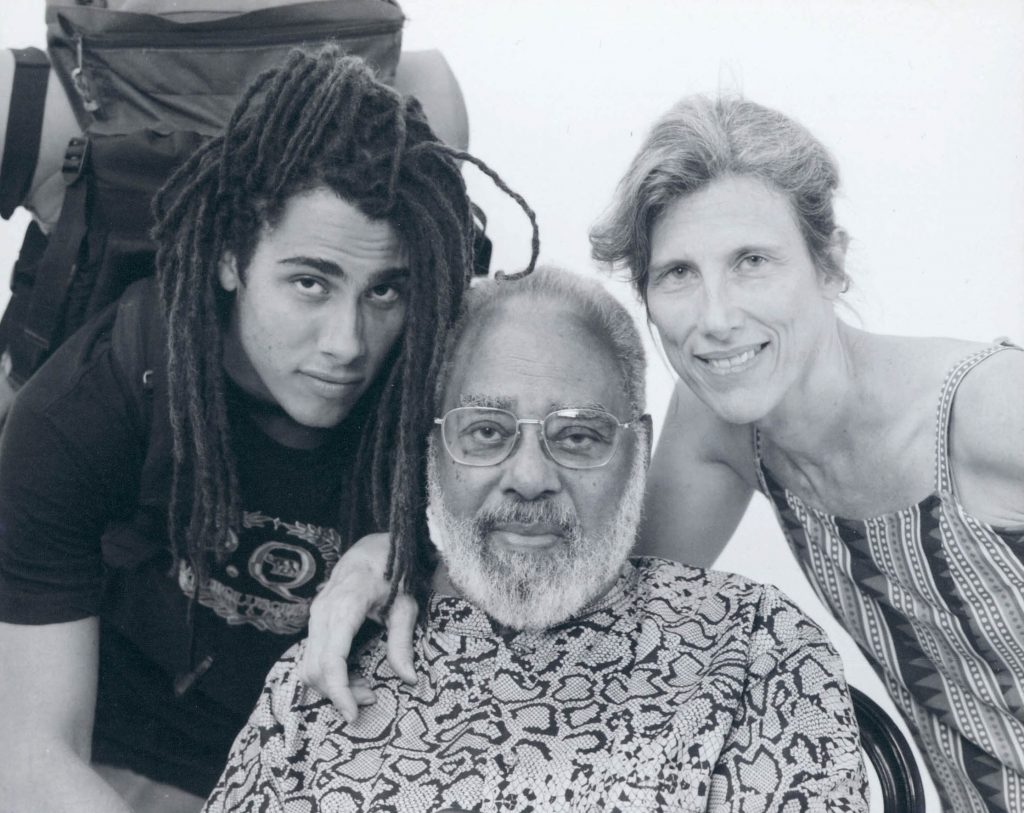
2004: Abdias Nascimento, Elisa Larkin Nascimento and their son, Osiris Larkin Nascimento | Vanoten Pereira Junior/Ipeafro's Collection
1/10
HARD WORK that resonates in my blood
blood of my great-grandfather drips from your scythe
the scythe of your violation
still cuts the cry of my grandmother
BED of black blood
silenced in fright
the cry of a tragedy not forgotten
a crime neither punished nor forgiven
they burn my entrails
Heavy CHEST at the weight of the lead-like night
a dew of bitter gall
sprinkling my mother’s footsteps
in the compulsory offer of her breast
ELECTIONS lost
in the attics of a foreign world
pound… escudo… dollar… milreis
Franca asleep to my father’s serenades
under whose sky my hope he wove
my adolescence dried up
and my outrage grew
CONCEPT matured and assumed
a heart emancipated to the wind
is not the same slow growing
that rises from the roots
into the violent fruit
PREJUDICE squashed in the feat
destroyed at the concept
burning hard work undone
milky perfect love
no election
elected on the breast
of the headstrong hope
where I lie down
Buffalo, January 25, 1979
Poem published in the book Axés do Sangue e da Esperança (Orikis) [Axés of Blood and Hope (Orikis)].
